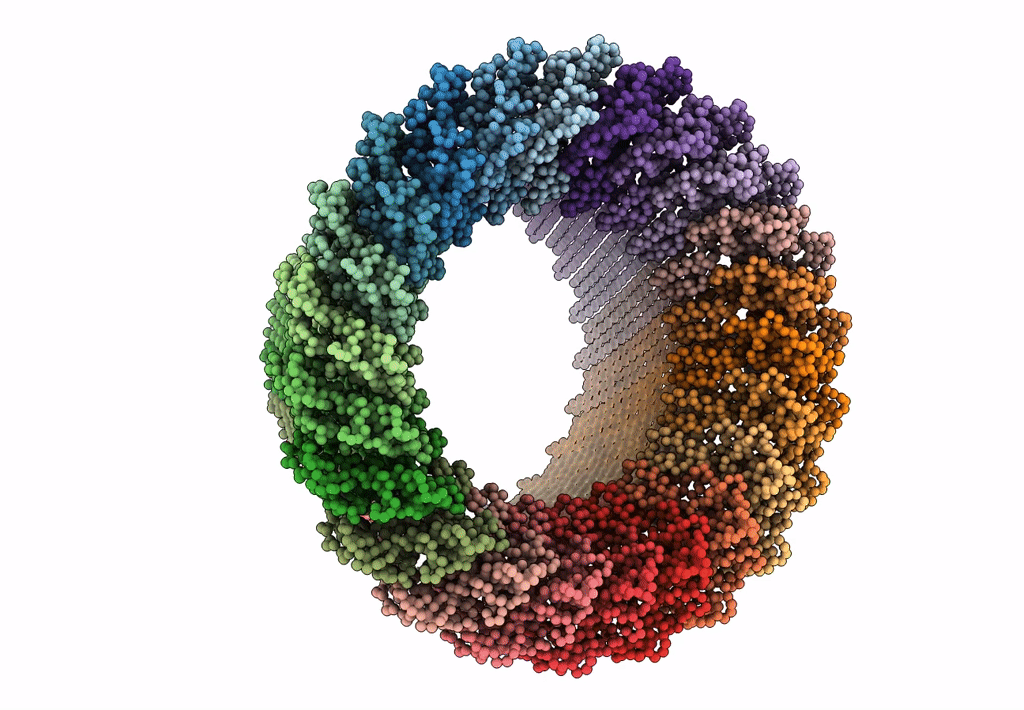
Deposition Date
2015-11-10
Release Date
2016-02-17
Last Version Date
2024-05-08
Entry Detail
PDB ID:
5FMW
Keywords:
Title:
The poly-C9 component of the Complement Membrane Attack Complex
Biological Source:
Source Organism:
HOMO SAPIENS (Taxon ID: 9606)
Method Details:
Experimental Method:
Resolution:
6.70 Å
Aggregation State:
PARTICLE
Reconstruction Method:
SINGLE PARTICLE


